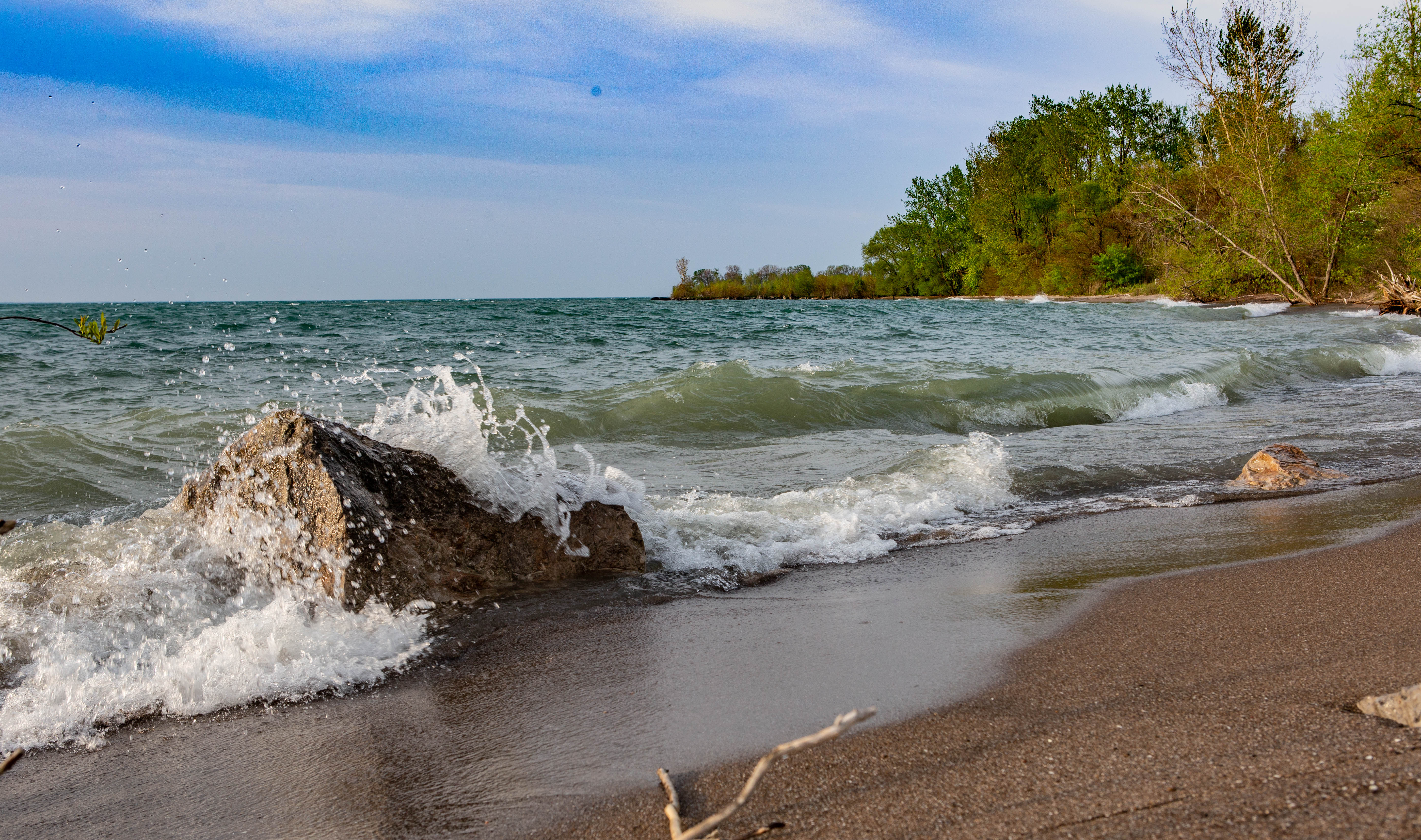The State of Lake Erie
To love the lake means to take care of the lake. With that in mind, we checked in with Lake Erie Foundation president Jim Stouffer to gauge exactly how the lake is doing — and what challenges it’s facing.

Q. What are the current threats to Lake Erie?
A. Harmful algal blooms, microplastics and plans to erect wind turbines on the lake.
Q. Blooms can be somewhat benign to severely toxic. What’s being done about Lake Erie’s algal blooms?
A. Harmful algal blooms develop every year in the lake. Ohio Gov. Mike DeWine’s H2Ohio program is a comprehensive water quality initiative that is working to address issues that have been building in Ohio for decades. LEF supports action by the state of Ohio to adopt rules and regulations that require farmers to apply all agricultural fertilizers at the agronomic rate. This action is a top priority recommended by scientists to improve water quality and still accommodate full production by agriculture.
Q. How much will H2Ohio help, considering that DeWine has said “for now we will not mandate the use of these practices because we believe our strategy will lead to significant changes within our current laws”?
A. Much of the success of the program depends on the cooperation of the farming community. While LEF appreciates the farmers who have signed up for H2Ohio, it is likely that the acres that are contributing the greatest amount of pollution, such as the large concentrated animal feeding operations, are not participating in the H2Ohio program.
Q. The public has been aware for a while of microplastics in the oceans and the severe harm they can cause humans and animals. But not everyone realizes that microplastics are found in lakes as well. Are the Great Lakes in danger?
A. Lake Erie has one of the highest concentrations of microplastics in the world. Plastics are broken down into microplastics, which are almost impossible to filter out of the water. We are ingesting these microplastics, which can lead to a multitude of health issues. That includes an increase in the risk of developing cancer, a weakened immune system and decreased sperm levels in men. Even babies are ingesting these harmful chemicals from microplastics in the womb.
Q. How is LEF addressing this problem?
A. LEF partnered with students from Case Western Reserve University. The students’ research became the cornerstone of our initiative to educate and create awareness on the dangers of microplastics, especially single-use plastics. This is a focus area for us in 2023.
Q. How do microplastics get into the lake?
A. The problem is not just intentional littering of plastic bottles or straws on a beach. Wind, water runoff and flooding pick up plastic, which finds its way to our bodies of water, breaks down and becomes secondary microplastic. Primary microplastics, those created for commercial use, including those in microfiber clothing, are also a major source.
Q. How do microplastics relate to LEF’s opposition to building wind turbines in Lake Erie?
A. Turbine blades are made of plastic composites, which, when worn down, shed microplastic particles. The Icebreaker Wind project could potentially create a microplastics drift field in close proximity to the city of Cleveland’s water intake crib. While LEF supports the pursuit of clean and renewable energy, it opposes construction of wind turbines in the lake due to lack of independent, objective studies on lake effects, including the impact on birds. LEF not only objects to the excessive costs of building and maintaining Icebreaker, but also the resulting higher electricity cost to electric consumers.
Story:
Jill Sell
2023 Travel Guide






